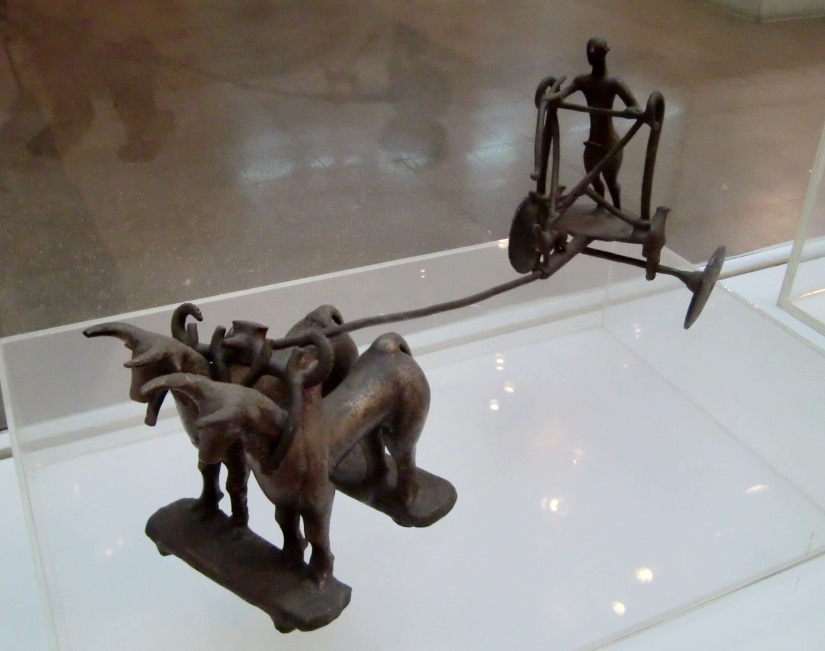UPSC Exam: Must Know Facts about Indus Valley Civilization.
Along with the Mesopotamian, Egyptian and the Chinese civilizations, the Indus Valley Civilization, also known as Harappan Civilization, was one of the four great ancient civilizations. It was a truly sophisticated one quite advanced and ahead of its contemporaries in its way of life. We bring you a series of articles on must-know facts about the Indus Valley Civilization for your IAS exam preparation. Read on for the sixth article in the series.
Fact# 28: Hygiene was top priority
- The people of the Indus Valley Civilization led a very hygienic, clean and healthy life.
- The excavations reveal this fact.
- The large number of public baths, the excellent water management system, running water in every house, neat drainage systems and the underground wastewater systems all point out to the importance of hygiene in Harappan life.
Fact# 29: Dustbins along the streets
- Even in those ancient times, the Indus Valley Civilization was way ahead of its time in terms of civic sense.
- There were dustbins placed along the streets in Mohenjo-Daro!
- These were brick containers especially for garbage disposal.
Fact# 30: Separate channels for stormwater and wastewater
- So advanced was their water management system that they had separate channels lining the Harappan streets for wastewater and storm water (rainwater).
- The wastewater drains were underground, and had opening terracotta lids for cleaning purposes!
Fact# 31: Indus Valley had large-scale maritime trade relations with other civilizations
- Many port-cities have been unearthed which proves the existence of large-scale maritime trade relations with other civilizations.
- Lothal could be the world’s first dockyard.
- Other ports include Allahdin, Suktagendor and Balakot.
Fact# 32: The Harappan cities had water-reservoirs
- At the Harappan city of Dholavira, 16 water reservoirs have been found.
- These reservoirs serve the twin purposes of protecting the city from floods, and ensuring water supply throughout the year, even during dry season.
- They built dams that could control the flow of water and be stored in huge reservoirs.
Fact# 33: The Indus Valley Civilization was good in metallurgy


- They produced metal products including those in lead, copper, bronze and tin.
- They exported these products.
- They knew the technique of smelting copper with other metals.
- Gold necklaces smaller than 0.25 mm in diameter have been excavated at Lothal. Other metal artefacts have been found in Mohenjo-Daro, Harappa and Rangpur.
- Harappan copper implements were made by the method of casting.
- Bronze vessels were made from a single sheet which was hammered.
- Metal alloying technology was well-developed in the Indus Valley Civilization.
Also Read | Indus Valley Civilization – Part 5 Indus Valley Civilization – Part 7
Stay tuned for more strategy articles on free IAS prep and for all latest news and updates on UPSC IAS Exam.
Comments